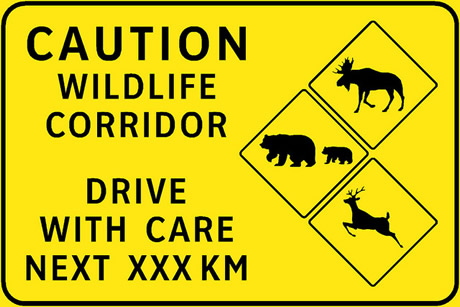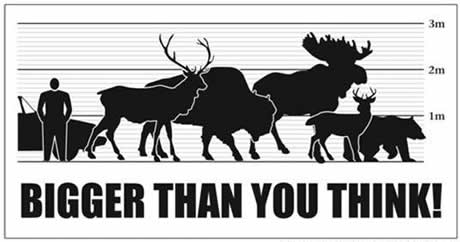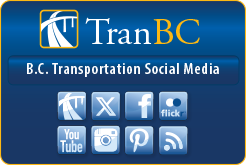Wildlife on B.C. Highways
When you’re travelling along BC Highways, you’re likely to encounter many different wildlife species from huge moose to small porcupines.
They're beautiful and fascinating to watch, but wildlife and vehicles are a dangerous combination. Collisions can be emotionally upsetting and costly - even small animals can damage a vehicle, while larger ones pose a serious safety risk.
What to do after a wildlife collision or spotting roadkill
- Report human injuries, vehicle damage, or an animal carcass that presents a highway safety issue
- Call the RCMP
- Report vehicle damage to your insurance company
- Report an injured animal
- Call the Conservation Officer Service: 1-877-952-7277
- Report an animal carcass for removal from a provincial highway

Tips to avoid wildlife collisions
- Be extra cautious at dawn, dusk, and night - these are peak animal movement times
- Follow posted speed limits and scan the ditches for movement or for the reflection of eyes from your headlights
- Slow down when you see an animal - some animals like deer freeze in panic, while moose may run along the road
- Many animals travel in groups, so if you see one, slow down until you are well past
- Obey wildlife warning signs – they’re placed in high-risk areas based on real data
- Never swerve suddenly to avoid an animal, as this can lead to a more serious collision - brake firmly and stay in your lane
- Use high beams when possible to spot animals sooner
Know Before You Go

Related Links
Did You Know?
With over 500 kilometres installed, B.C. has more special fencing to protect wildlife than any other transportation agency in North America.


